Earth Time is Changing and Renewables Too
Do you feel that things are moving a bit slower of late? Not a lot but just a little. Because they are. It turns out that our planet is spinning just a little bit slower than it has in the recent past. Just as an ice or figure-skater can raise their arms and spin faster, and then lower them to their waist to spin slower, so it is with planet Earth.
For millennia ice has built up in Greenland, the northern regions, and the Earth’s poles in enormous quantities. But that has changed of late due to our warming climate. Billions of tons of this ice has melted in recent decades and flowed to the sea: and much of that water has collected in, and around the equatorial region. And so, just like the figure skater this extra weight moving from the poles to the mid-section has slowed the rotation of Earth: for the moment.
“Global warming is managing to actually measurably affect the rotation of the entire Earth,” says Duncan Agnew, a geophysicist at University of California at San Diego. “Things are happening that have not happened before.” [Washington Post, March 27, 2024.]
Humankind “has done something that affects, measurably, the rotation rate of the entire Earth,” he says.
See photo of drifting icebergs in eastern Greenland [Oliver Morin/AFP/Getty Images.]
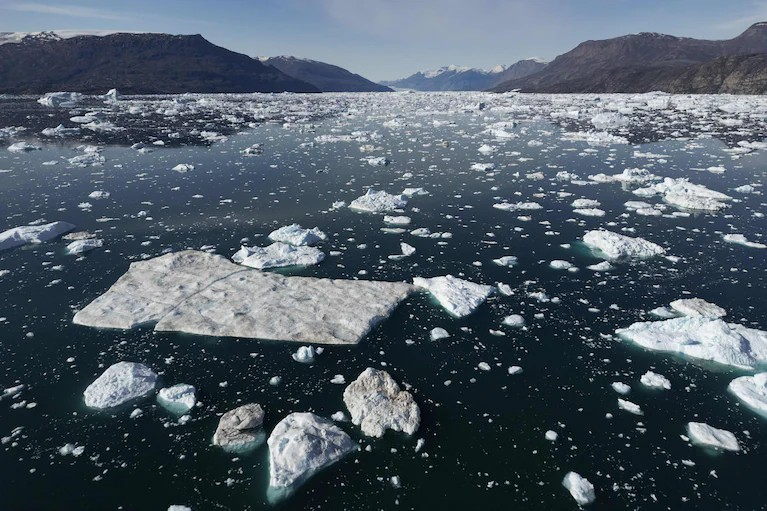
But wait, it gets a bit more complicated. As the ice melts in the polar regions, the land beneath slowly rebounds, or rises, as the weight of ice is removed, and so the earth gets more spherical. This now tends to speed up the rotation of our planet. Earth’s day changes over time.
Now please stay with me.
However, timekeepers and scientists in our highly technological society have found a way to compensate for Earth’s rotation changes and it is called “leap seconds.” So, they can add a second every few years when needed, or even subtract a second in order for satellites, GPS systems and more aspects of our modern life to be keptin sync. Without that accuracy, our GPS may not be able to guide us to Starbucks or that Supercharger. [Nature, 27 March, 2024.]
We have such a dynamic planet; it never gets boring.
Humans, however, are not making it easy for Earth to manage all eight billion of us.
The collection of, and collected amount, of greenhouses gases [GHG] today are far higher than they have been for several million years, and they are having an impact on extreme weather. The extraordinary hot and dry weather in Canada in 2023 fueled fires in the boreal forests across Canada, from British Columbia to Nova Scotia. In what is now called [published in Nature] a “flash drought,” these high temperatures dried out the soils and forests that burned over 36,000,000, yes 36 million acres of forests. This is almost the size of the state of Florida.
So, we are seeing here a classic feedback loop. The hot and dry weather causes enormous forest fires which release huge amounts of GHG. Now these trees are no longer available to absorb carbon dioxide from the atmosphere which causes more warming. Repeat.
Indeed, these fires in 2023 produced more GHG than from the burning of fossil fuels in all but three countries: China, the U.S. and India! See photo [Twitter/@weathernetwork] of a boreal forest after a fire, July 18,2023
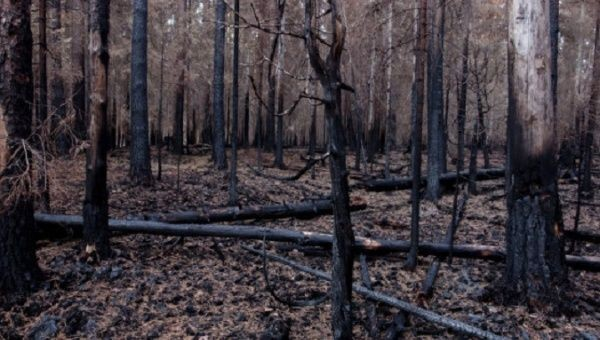
So, to put the 2023 fire season in perspective please note the vertical bar chart from Inside Climate News titled, “Canada Has its Worst Wildfire Season on Record”.
The data covers the period from 1986 to 2023 as seen at the bottom of the chart. The amount of forests burned, in hectares, is on the vertical axis. [Note: one hectare= 2.4 acres.] A map of Canada is highlighted in the background with dark patchy areas where forest fires were recorded. The data speak for itself.
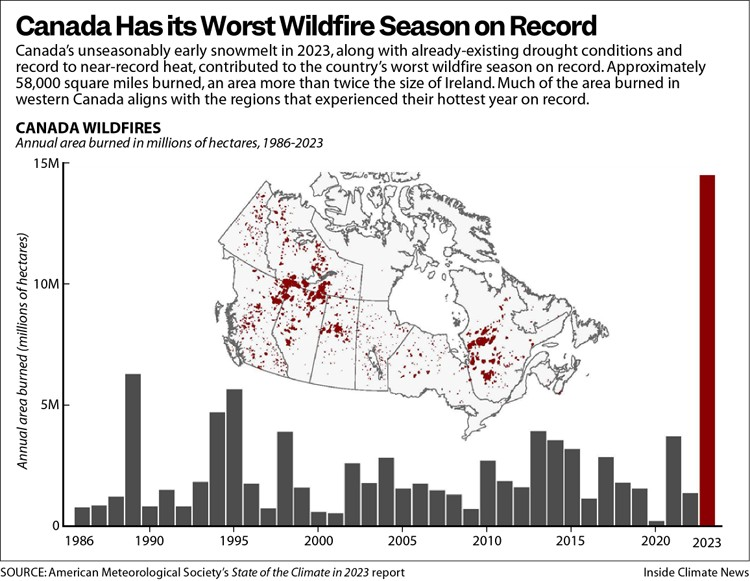
So, we are in a kind of race to reduce GHG as rapidly as possible.
One example of a positive step taken is in Indonesia. They have recently installed the third largest floating solar array in the world. [See aerial view photo of 480-acre solar plant: PLN Nusantara Power.] This 192-megawatt Cirata power plant is part of Indonesia’ long term plan to reach net-zero emissions by 2060 or sooner.
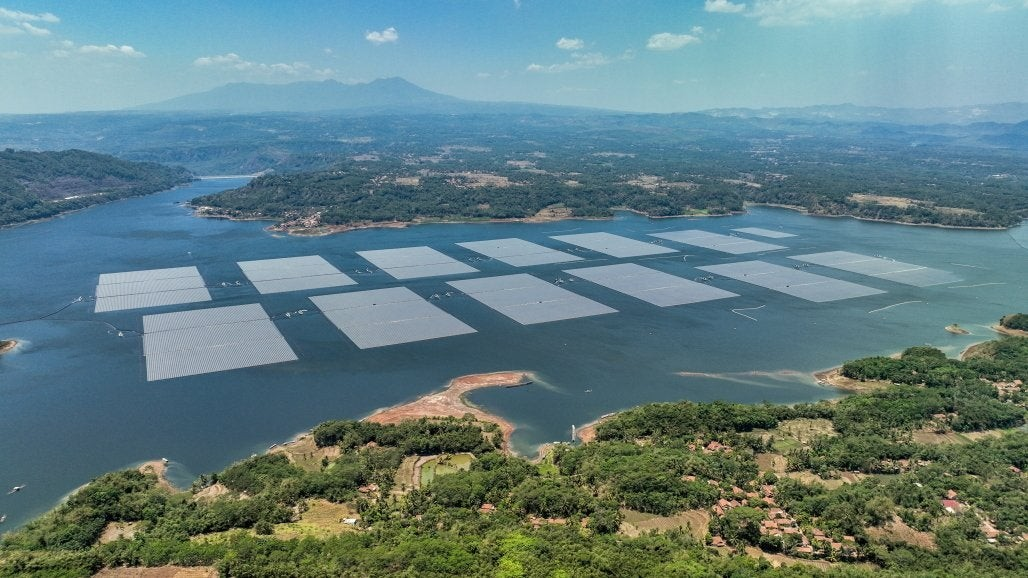
China, the worlds largest source of GHG, may be on the verge of hitting an emissions plateau. It is replacing coal at a breakneck speed.
NOTE: Last year China installed more solar panels than the U.S. had in its entire history.
Almost 2/3rds of big wind and solar plants, globally, are under construction in China. That is more than eight times those same renewables are being planned in the U.S.
While China is doing its part to reduce fossil fuel emissions, progress is being made here in the U.S. too. See the chart “U.S. SOLAR CAPACITY” from Climate Central.
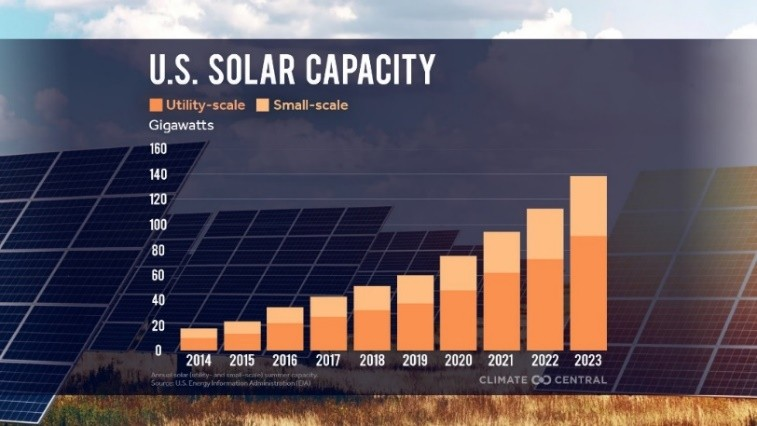
Progress to be sure but much more needs to be done.
And so it goes.
The scientific career of Raymond N. Johnson, Ph.D., spanned 30 years in research and development as an organic/analytical chemist. He is currently founder and director of the Institute of Climate Studies USA (www.ICSUSA.org). Climate Science is published monthly.



